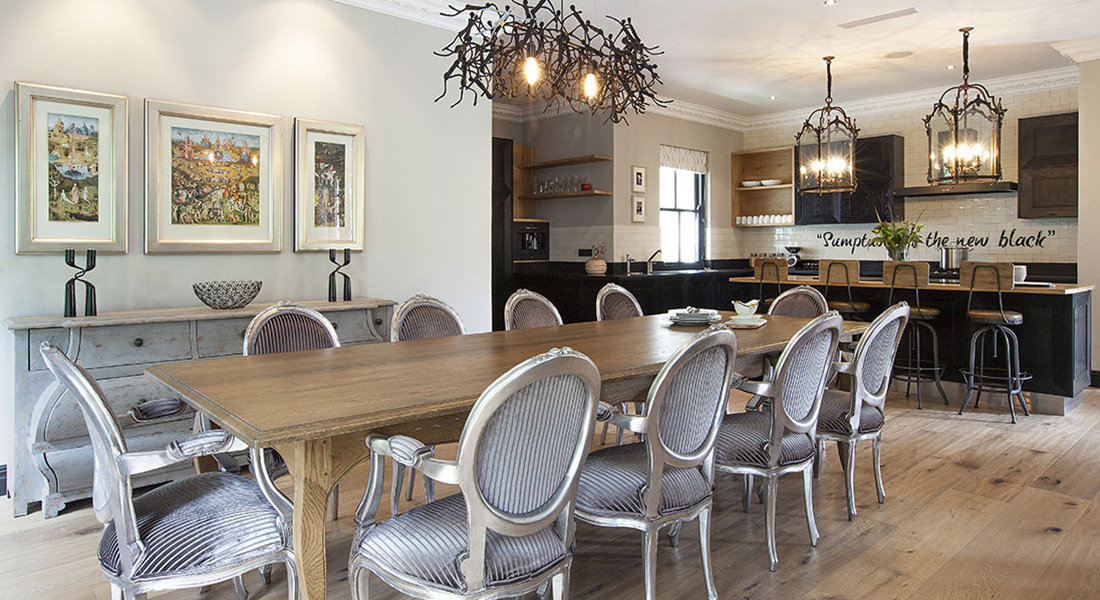
Light up your house, light up your life
When building a new home, renovating an existing one, or simply refreshing the look of one room; it’s easy to spend hours choosing the perfect wall, floor or window coverings and décor; and yet we often overlook the choice of lighting and the impact it will have on each space.
Lighting is functional for more than one reason: it has the ability to enhance the mood you’re looking to create; it can highlight specific nuances and features of a room, or draw attention to statement furniture piece. And don’t forget that lighting can in itself also make a statement. You should consider what the room will be used for and how much space is available; and then look at how the lighting can complement that.
Consider these primary lighting functions before shopping for your space:
1. Ambient lighting:
Also known as general lighting, it provides an area with overall illumination. This can either be the natural light from your windows or the lighting that substitutes for natural light. It should radiate a comfortable level of brightness that allows you to move confidently from one space to another. As the main source of light, it could include chandeliers, ceiling or wall-mounted fixtures, and recessed or track lights. Ambient lighting is very effective particularly in entrance foyers or open areas in your home. A chandelier hung in a foyer, especially one with a high ceiling, can really provide for a striking entrance into your space.
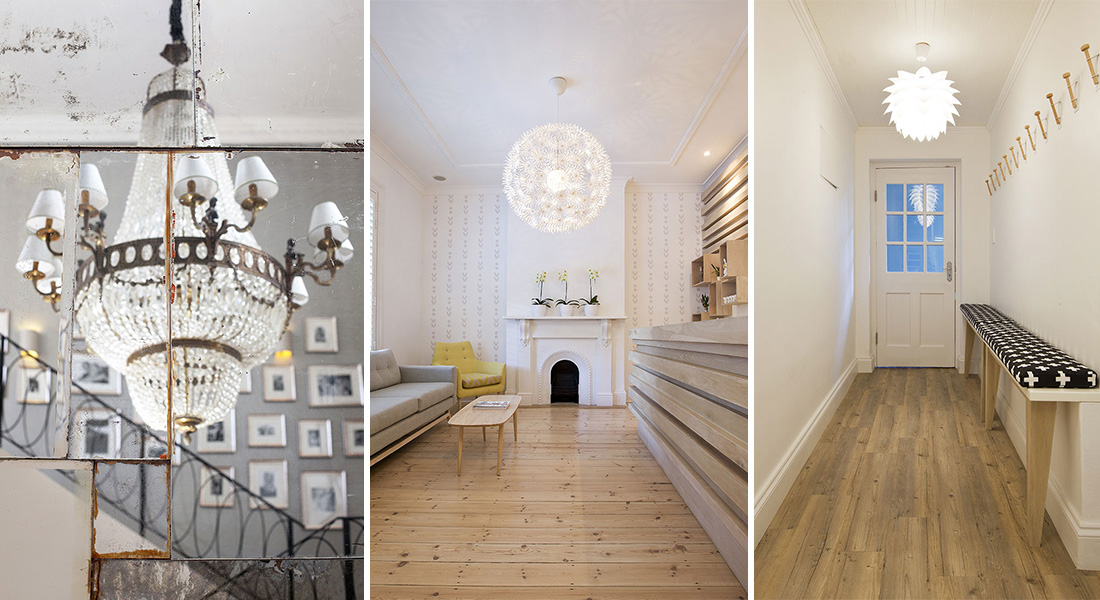
2. Task lighting:
This can supplement general lighting and allows for more specialised, area-focused tasks; such as reading, or food preparation in the kitchen. Task lighting works best when used in conjunction with general lighting. Examples include desk lamps; under-cabinet lighting, such as fluorescents or LEDs; and bedside reading lights.
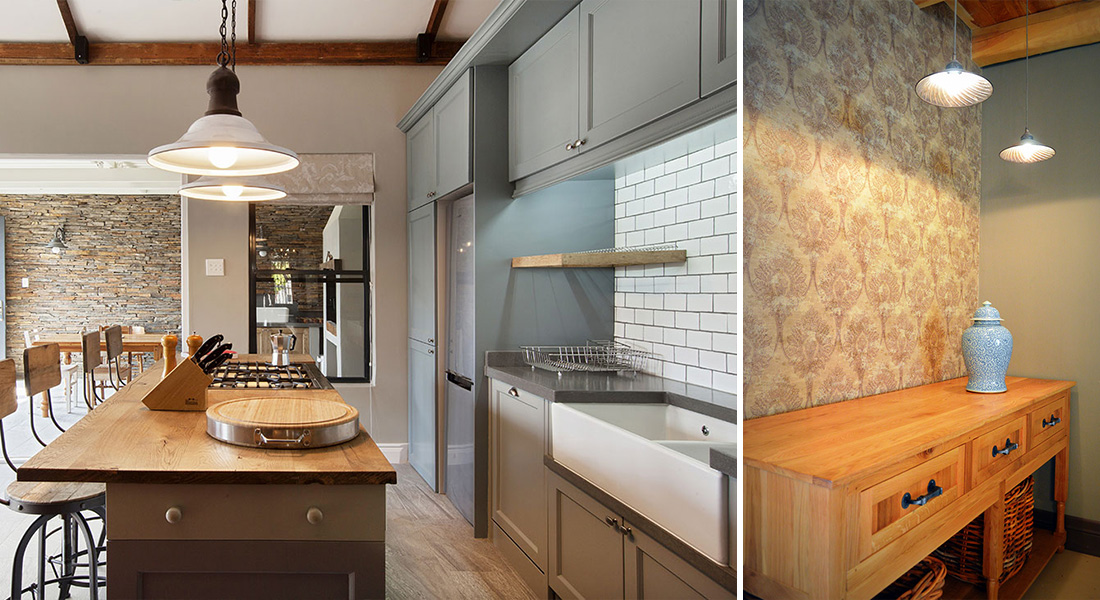
3. Accent lighting:
This lighting provides a dramatic edge to the room. It’s used to draw the eye to specific areas or textures and architectural features. In order to create this focal point, you need at least three times as the light level that you’d use for general lighting. Examples of this type of lighting include recessed, spot and track lighting, as well as wall scones or picture lights. Accent lighting does not need to be on all the time, as it doesn’t supply the general lighting of a room, but it should rather another layer of interest to the room when required.
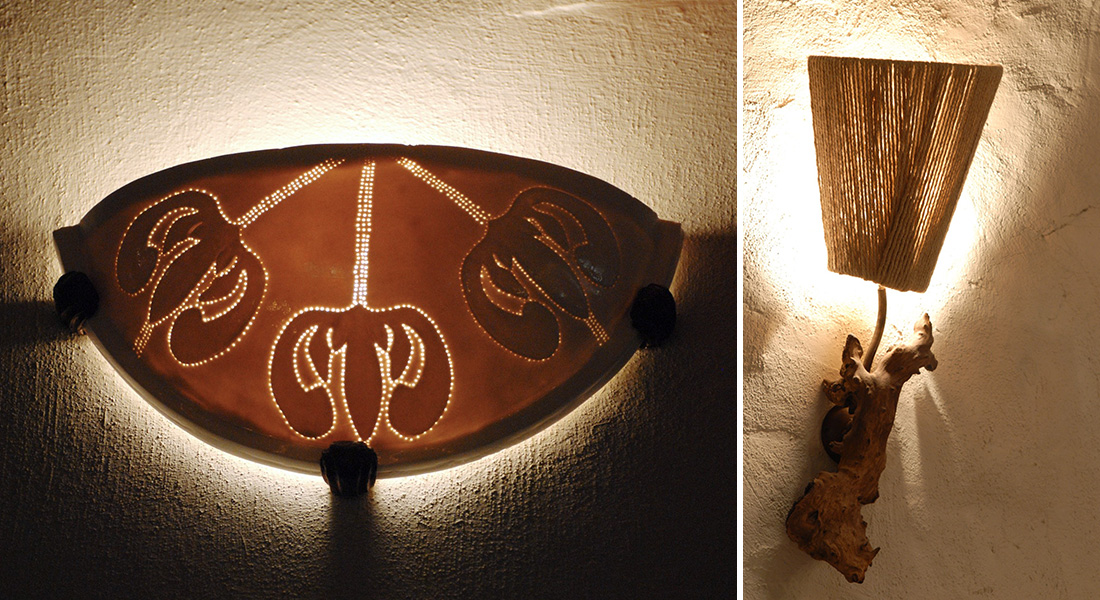
4. Kinetic lighting:
This lighting effect combines light with movement. Examples are a burning candle or a lit fireplace. This type of lighting adds ambience and warmth to a space. There are endless options when it comes to displaying candles; from tea-light candles in jars and hanging glass balls, to wooden table holders. There are many options to choose from to create the ambience you want; to really make the space your own.
5. Landscape lighting
Exterior lights are designed to show off the outside of your home. You can use landscape lighting to light up a pathway, a special garden area, or a feature like a statue or fountain. To make your landscape lighting something truly spectacular, try using a light dimmer to create different moods in your yard, depending on the occasion.
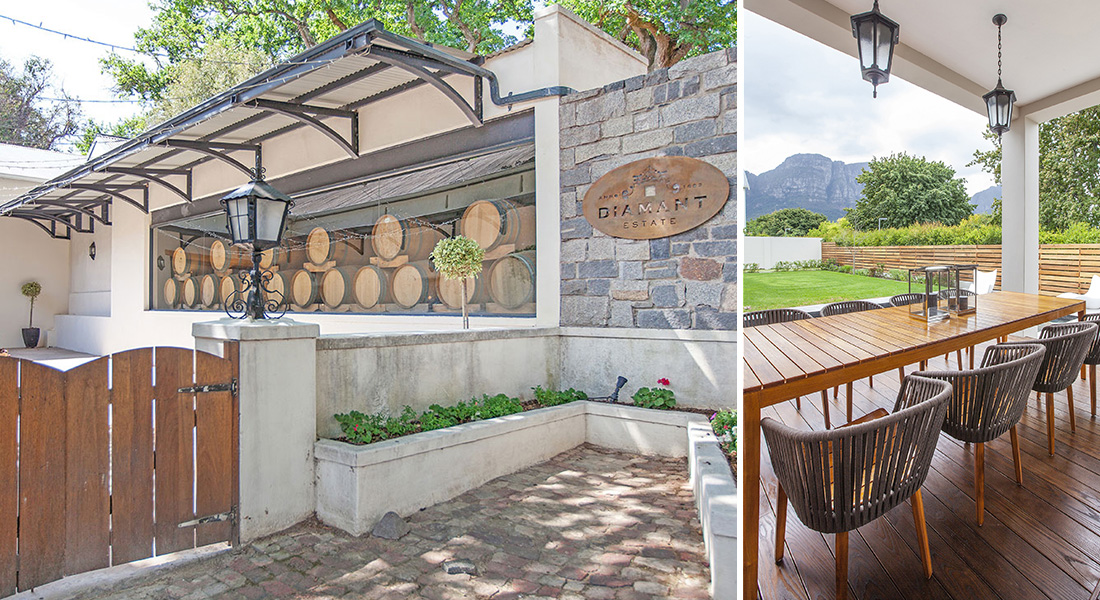
It can all seem rather overwhelming when looking for lighting that will complete your home – after all, you’ll be spending a lot of time there and want it to be perfect. Rest assured, it is easier with the help of a seasoned team of interior designers and lighting specialists, who are committed to delivering excellent lighting solutions to complement your space.
